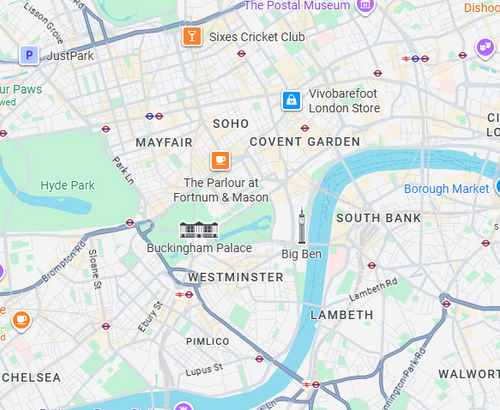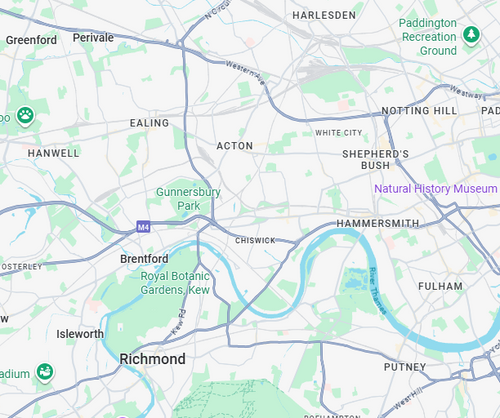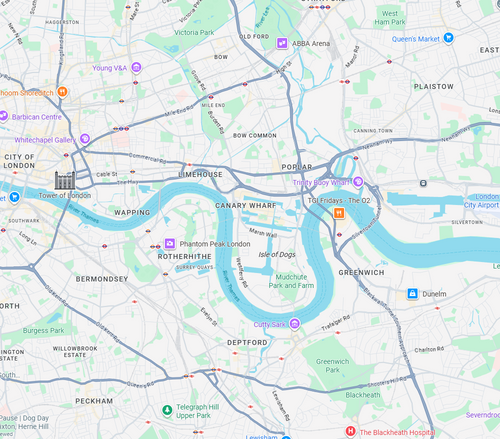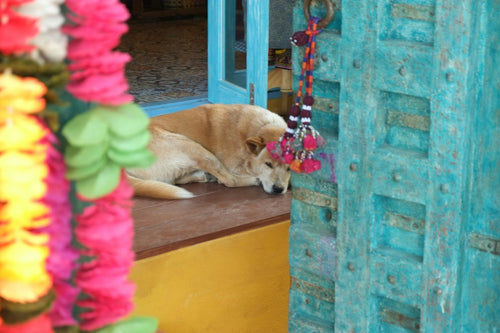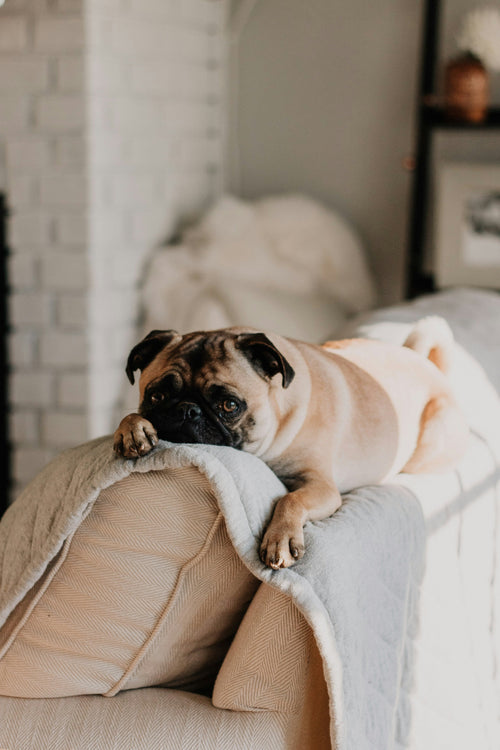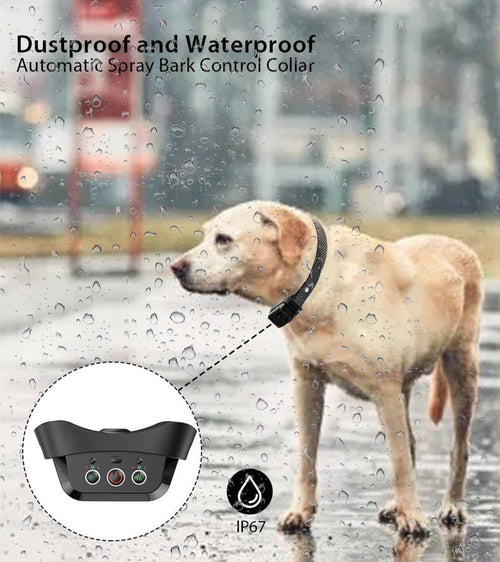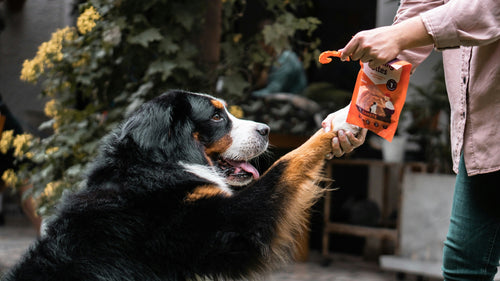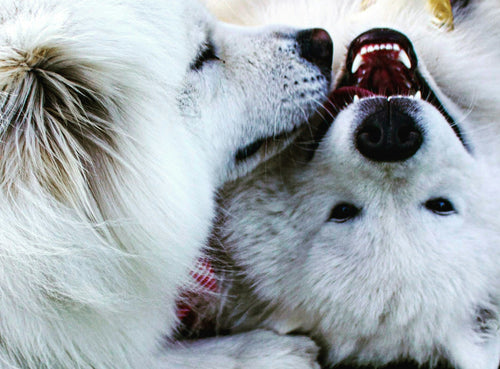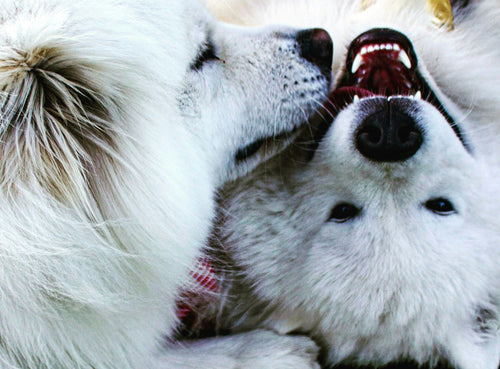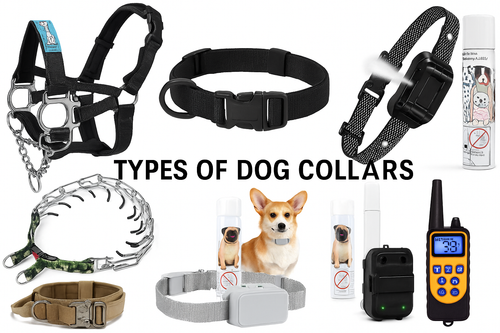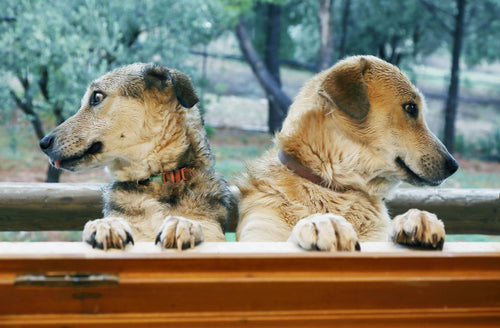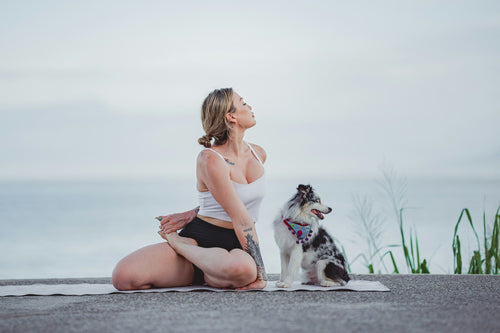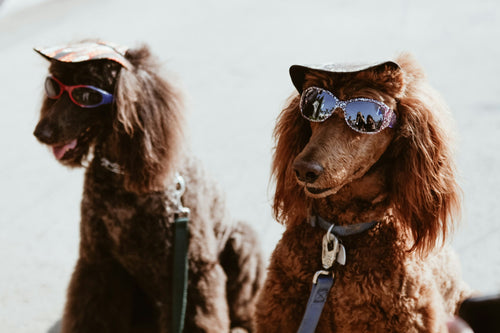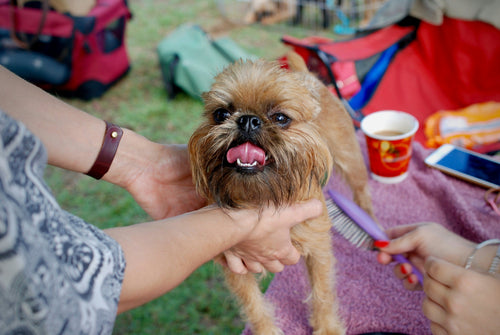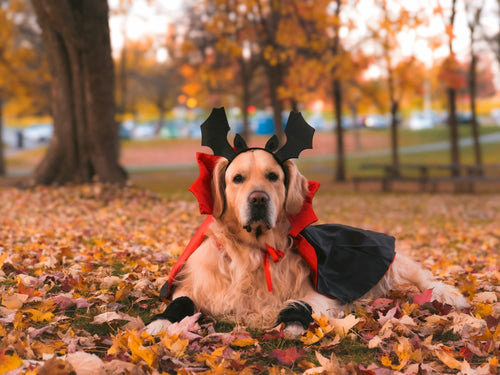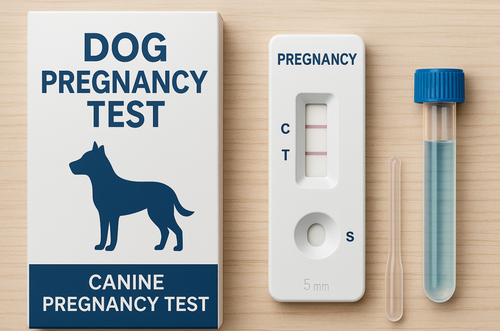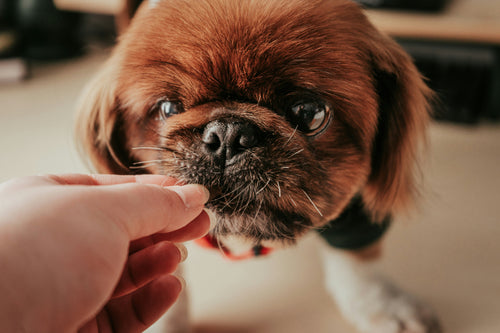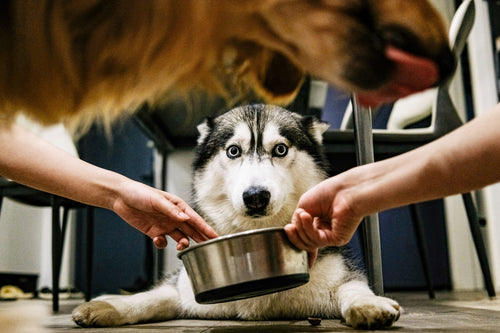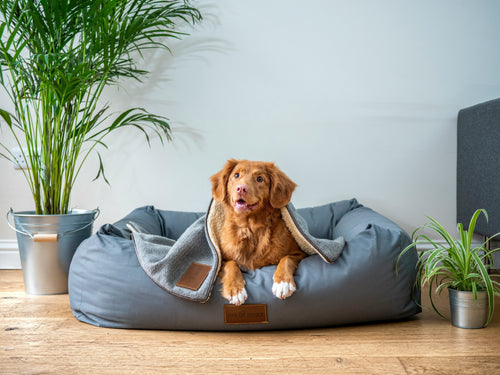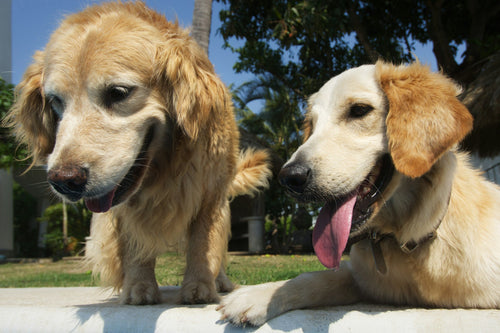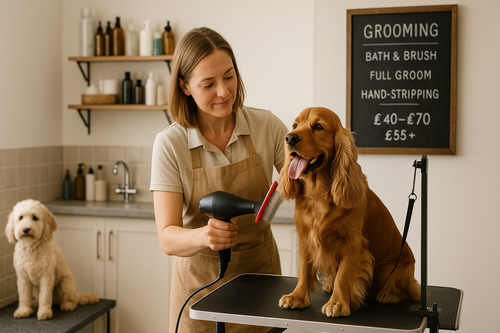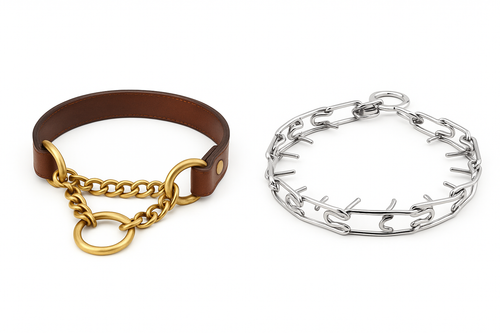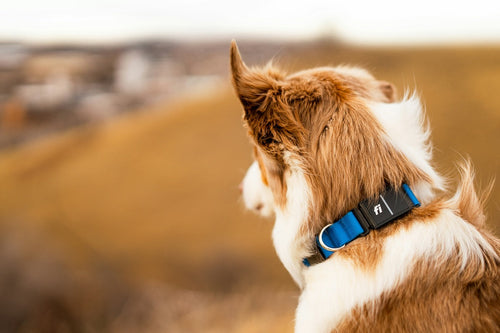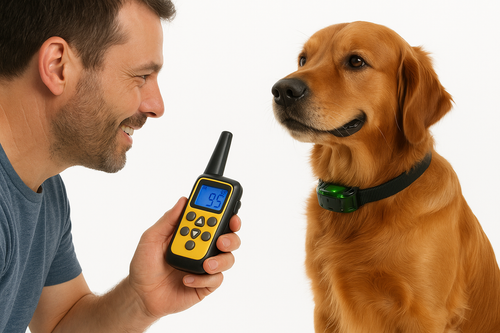First Bark
We all know that walking is good for our health — and even better when done with a wagging tail beside us. But with work, weather, and life's chaos, even the best dog owners can struggle to stick to a walking routine. So, how do you actually build the habit of walking regularly with your dog — and stick with it?
In this guide, we'll explore practical, psychology-backed strategies to make dog walking a natural part of your day. Plus, we’ll show you how the right accessories — like Calmshops waterproof dog collars — can make walks more enjoyable and stress-free for both of you.

Why Daily Dog Walks Matter
Before diving into habit-building, let’s remind ourselves why this matters:
-
🧠 Mental stimulation: New sights and smells reduce boredom and anxiety
-
❤️ Bonding time: Walks strengthen your relationship and trust
-
🦴 Physical health: Helps maintain healthy weight, joints, and muscles
-
🐶 Behavioural benefits: A tired dog is a well-behaved dog
-
😌 Mental health for humans: Reduces stress and improves mood
Now let’s explore how to create a lasting walking routine.
Step 1: Set a Specific Time — and Stick to It

Pick one or two fixed times each day that work with your schedule. Dogs love routine, and your brain will more easily form a habit if it’s connected to a consistent time (e.g., after your morning coffee or before dinner).
⏰ Tip: Set a phone reminder or use a smart speaker to give you a verbal cue like “Time for a tail-wagging walk!”
Step 2: Start Small and Build Consistency
The biggest mistake? Trying to go from zero to 5K walks overnight. Start with short 10–15 minute walks, then gradually increase over time. The most important thing is consistency, not distance.
📌 Goal: Aim to walk your dog at least once every day for 2 weeks without missing a day — even if it’s just around the block.
Step 3: Make It Enjoyable for You Too

You’re more likely to keep a habit if it’s enjoyable. Listen to an audiobook, podcast, or your favourite music playlist. Or simply enjoy being present with your pup in nature.
🐾 Try This: Treat walks as your “me time” or mindfulness break, not just a chore.
Step 4: Track Your Progress
Use a calendar, app, or even a reward chart on the fridge. Marking off each day you complete a walk activates your brain’s reward system and builds motivation.
Apps to try:
-
Google Calendar (create recurring walk events)
-
Fitbit or Apple Watch (log your dog walks)
-
Habit-tracking apps like “Streaks” or “Habitica”
Step 5: Use the Right Gear
Uncomfortable leads, collars that chafe, or unreliable accessories can make walks frustrating. Equip yourself properly with:
-
Comfortable, padded leads
-
Waterproof training collars for off-leash reliability
-
Hands-free dog leads for running or carrying bags
-
LED collars or lights for dark evening walks
✅ Recommended product: Try our Calmshops Waterproof Dog Training Collar with Remote — great for safe, non-shock recall training and reliable control, even during rainy UK walks.
Step 6: Make It Fun for Your Dog
If your dog sees walks as fun, they’ll start to remind you! Add excitement by:
-
Taking different routes
-
Visiting parks or nature trails
-
Letting them sniff and explore
-
Using treats and verbal praise during the walk
For dogs who pull or lose focus, try bringing a treat pouch or using a clicker to reinforce good behaviour.
Step 7: Build Accountability

If motivation is low, involve others. Invite a friend to join with their dog, or join local Facebook or Meetup dog walking groups.
Or try telling your dog in a fun voice: “Walkies time!” — they’ll eventually respond to the routine with tail-wagging excitement.
Step 8: Pair It With Another Habit
This is called “habit stacking.” If you already have a regular routine (like your morning coffee or brushing your teeth), add dog walking directly after that activity.
Example: “After I finish breakfast, I will put on my trainers and walk the dog.”
Step 9: Plan for Weather and Obstacles
Let’s face it — UK weather doesn’t always cooperate. Be prepared with:
-
Waterproof coat for you
-
Waterproof Rain Coat for your Dog or drying towel
-
Spare lead in your car or by the door
-
A designated walk bag with poop bags, treats, and a collapsible water bowl
☔ Bad weather tip: Even a 10-minute “sniffari” around the block helps maintain the habit.
Step 10: Make It Non-Negotiable
Treat your dog’s walk like brushing your teeth — it’s just part of the day. The more consistent you are, the more effortless it becomes. No motivation needed — just do it.
🧠 Mindset shift: Don’t wait for motivation. Act first, and motivation often follows.
Frequently Asked Questions
Q: What if I miss a day?
A: Don’t worry! Just make sure you don’t miss two days in a row. Habits are built through momentum — one misstep won’t ruin your progress.
Q: Can I hire a dog walker and still form a habit?
A: Absolutely. But try to walk your dog yourself at least a few times a week for bonding and consistency.
Q: Is one walk a day enough?
A: For many dogs, yes — but high-energy breeds may need two or more walks or extra playtime.
The Role of Positive Training in Walking Success
Struggling with pulling, barking, or poor recall? Don’t let that derail your walking habit. Use gentle, effective training methods.
Try this: Use a citronella spray collar or vibrating collar to guide attention without causing distress. Tools like our Calmshops Deluxe Dog Training Collar are designed to help redirect behaviour safely and calmly.
Pair with verbal praise and treats for best results. Over time, your dog will become more focused, relaxed, and eager to walk with you.
Final Bark: Walking Together Builds a Better Life
Walking your dog is more than a chore — it’s a ritual, a chance to connect, and a step toward a healthier, more balanced lifestyle. With the right mindset, tools, and a few clever strategies, you can easily make dog walking a habit you look forward to.
And remember, the best habits are those you share with someone you love — even if they’re covered in fur.
So grab the lead, lace up your shoes, and take the first step — literally.








